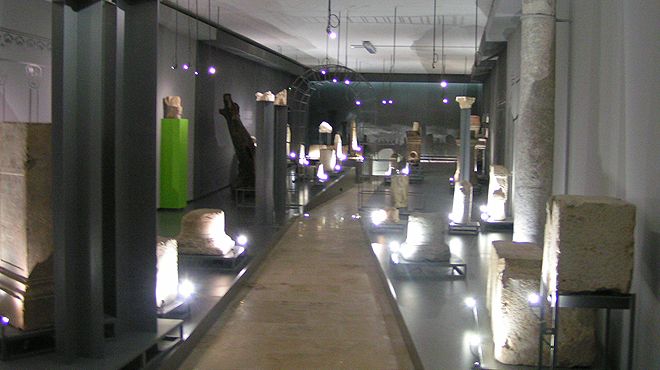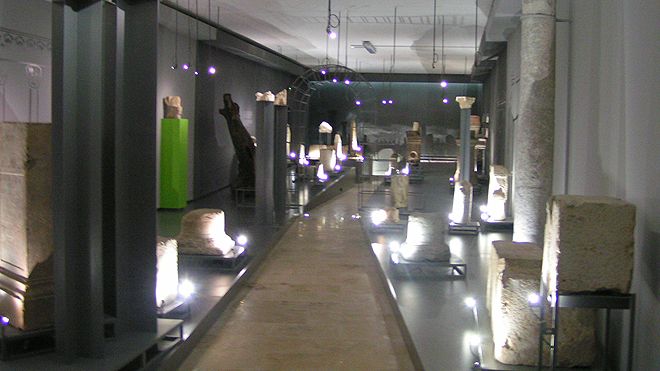Museu Municipal de Faro

Museums and Palaces
It was the second museum to be created in the Algarve, and its name was changed in 1894 to Museu Archeológico e Lapidar Infante D. Henrique, on the occasion of the 5th centenary of the navigator's birth.
The first facilities were in the Town Hall building. In 1913, the collection was transferred to the Church of the former Convent of Saint Anthony of the Capuchins and remained there until 1971, when it moved to its current premises, today in the Monastery of the Assumption of Mary (Mosteiro de Nossa Senhora da Assunção), classified as a national monument.
The archaeological remains are the most significant, integrating objects from the prehistoric, Roman and medieval periods. Among the most relevant objects from the Roman period are a mosaic from the 2nd/3rd century, the imperial busts of Hadrian and Agrippina and a collection of Ossonoba epigraphs.
Another of the exhibition's ex-libris is the epigraphed marble tombstone, marking the construction of a tower in Silves, perhaps that of the Sun Gate (Porta do Sol), intended to reinforce the defensive system of that city. The inscription, lavishly decorated, identifies who ordered the construction of the gate - the Almohad prince Abu l-Ula Idris, son of Almanzor, whose name was erased by Ibn Mahfuz when he established in Silves a small independent kingdom in opposition to the Almohad.
A collection of great quality is that of paintings from the 16th to 19th centuries consisting mainly of religious specimens once belonging to Algarve temples. The 20th century painting by Carlos Porfírio, on the legends of the Algarve, is also of great importance.
The Faro Municipal Museum has been part of the Portuguese Museum Network since May 2002.
In November 2005, it was awarded the APOM Prize of Museology - Triennium 2003/05, as the best Portuguese Museum, attributed by the Portuguese Association of Museology.
8000-167 Faro













 Explore
Explore 
 Remember and Share
Remember and Share 


